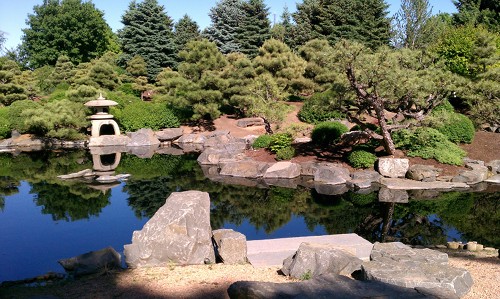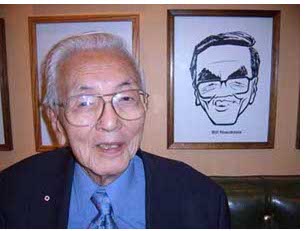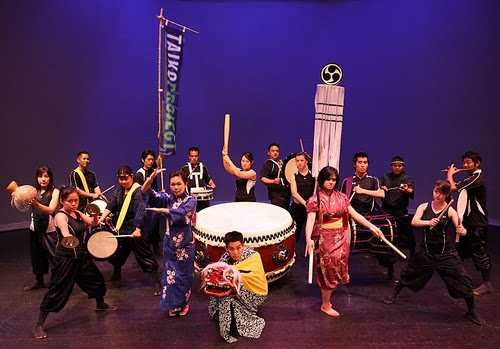
Discover Nikkei, a project of the Japanese American National Museum that collects stories submitted by people of Japanese descent around the world — the Nikkei diaspora, if you will — is taking stock of all of us.
They need anyone who’s of Japanese descent to take this quick survey. The survey closes at 10 am PT on July 25, so take a few minutes to full it out now.
Here are links to the survey in four languages:
ENGLISH: http://5dn.org/copanisurvey-en
日本語: http://5dn.org/copanisurvey-ja
ESPAÑOL: http://5dn.org/copanisurvey-es
PORTUGUÊS: http://5dn.org/copanisurvey-pt
The results of the survey will be announced at the XVI COPANI (Conventions of the Association of Pan American Nikkei) conference in Cancun, Mexico this September, where Discover Nikkei will hold workshops.
Discover Nikkei it’s a terrific resource for the Japanese American community, as well as a great hub of cultural conversation about Japanese Latin Americans and Japanese folks from all over the world. Did you know that there are a lot of Japanese immigrants living in Latin America? The largest Japanese population in South America is in Brazil (that’s why the Discover Nikkei site is available in Portuguese, the language of Brazil, in addition to Spanish). Peru has the second largest Japanese population in South America. You may remember a man with a Japanese surname, Alberto Fujimori, was president until he fled to japan in the midst of a corruption scandal. His daughter, Keiko Fujimori, just narrowly lost the election for the presidency last month on a right-wing ticket.
Japanese Americans also share some of the tragedy of history with Japanese Latin Americans. Hundreds Japanese Peruvians were rounded up and illegally deported to Crystal City, a U.S. Justice Department prison camp in Texas, during World War II with the intent to be traded for U.S. POWs. Few returned after the war, and the rest were left stateless. Japanese Peruvians are still waiting for the redress and official apology that were granted in 1988 to Japanese Americans for internment.
Personally, I’d love to know some Japanese Latin Americans, and learn how their culture is different and colored by Spanish and Portuguese traditions. Here’s some more info about Discover Nikkei:
Continue reading













